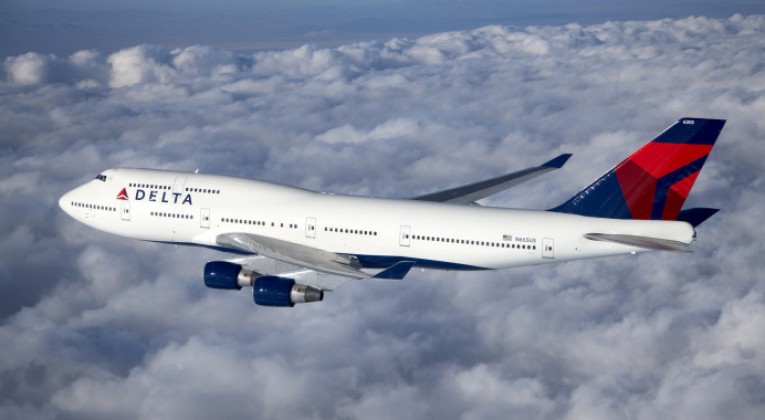Delta Airlines announced its second quarter earnings today and updated us on its financial guidance. As usual, there were plenty of tidbits to pull out from their press release and conference call.
The Airline Was Ridiculously Profitable…
There are many numbers that people will focus on, but the most interesting one is their pre-tax profit of $1.7 bn for the quarter.* That number is particularly impressive when you look at the fact that it includes a one-time, nearly $700 mn hit from having settled its disastrous fuel hedges. Of course, it’s only fair that they take the hit. They shouldn’t get a pass because they owned up to their mistake earlier than expected.
But Delta Airlines Shareholders Didn’t Benefit

The stock has suffered from a number of concerns (even as it has outperformed its peers over the past year). The revenue environment remains very difficult, as acknowledged by Delta President Glen Hauenstein. Close-in bookings, or those made by business travelers at the last minute, have weakened. RASM, or revenue per available seat mile (the most common measurement across airlines; it measures how much revenue an airline gets to fly one seat one mile, whether that seat has a butt in it or not), was down 5% year-over-year, with a full percentage point coming from foreign exchange. Delta also gave guidance for the third quarter that shows no sequential improvement from the second. On the other hand, costs are going up. CEO Ed Bastian noted that the airline will be lapping fuel benefits from last year, when oil had already started to decline. Going forward, Delta will receive much less benefit from oil prices (even though they had hedged many of their gains away).
Brexit Is Scary
No one knows what the long-term impact of Brexit will be, but Delta is taking actions based on what it expects. Given the drop in the British Pound and “economic uncertainty,” the airline has taken six points of capacity out of the U.S.-U.K. market. That action will result in a full percentage point decline in capacity throughout the system. Note that point of sale in the US to the UK is actually stronger, due to the currency decline. Capacity cuts will likely reflect that fact.
Capacity reductions are a mixed blessing. They generally result in higher ticket prices, since there are fewer seats available for which customers compete, but they also raise costs for the airline. How is that possible? Remember, both revenues and costs are measured on a seat-mile basis. Fewer seats means that fixed costs (the CEO’s salary, airplane rentals, etc.) get amortized over a lower base. When determining costs, grounding a plane has more of an impact on the denominator than it does the numerator.**
Operations Remain Strong
The numbers that are most important to travelers, particularly high-value business customers, are the ones that measure reliability. Delta was particularly strong here, as has been the case for several quarters. It had a 99.95% completion factor, with 23 days of zero cancellations on mainline Delta Airlines. One could try to argue that Delta is simply delaying flights rather than cancelling them, but they also had an 87% on-time rate. There’s no question that Delta’s running the single-most reliable carrier in the country, and frankly, it’s not even close. And while I’ve seen accusations that Delta is scheduling longer “block-times” than its competitors I’ve never actually found hard evidence that they are doing so.
The Bottom Line
With employees getting a raise and oil prices drifting upward, Delta is facing cost challenges that are slightly greater than last year, while the revenue environment remains difficult. It takes time for revenues to reflect higher oil prices and lower capacity. And if Delta doesn’t get the fare increases that it wants, it is prepared to pull more capacity. I’m more curious than usual to see what I will be writing three months from now.
*While Delta’s income statement shows that it’s paying taxes, those taxes are all deferred. Delta used previous losses to offset earnings this quarter for tax purposes. So don’t worry, the airline is getting to keep that cash. I know that there are numerous readers who were concerned. But seriously, in a battle between an airline and the IRS, who do you root for?
**Example: Delta has total costs of $10,000 and flies 100,000 seat miles. Cost per seat mile, or CASM, is $.10. Now, let’s pull out capacity. The denominator moves to 99,000 seat miles, but the numerator moves less than a percent, since there are costs that don’t go away by grounding a plane. So if costs move from $10,000 to $9,950, the new CASM is (9,950)/(99,000), or 10.05 cents per seat mile. Costs have gone up 1/2% (10.05/10.00).





